The Shocking Truth About My $2,600 Phone Bill And How I Fixed It
I was drowning in unnecessary phone expenses until I made one simple change that cut my bill by over 90%. Now, I’ve got a streamlined system that saves me time, money, and a whole lot of headaches.
Sign up to read this post
Join Now
